Fresh produce out of Texas is currently shifting from the southern region to the central and northern regions. The southern region of the state, such as the Rio Grande Valley, has mostly wrapped up their season, with watermelons being the primary product coming out of the region.
Dante Galeazzi, CEO and President of the Texas International Produce Association explains: “From the end of April on, the temperature in South Texas gets too high for many commodities, and that is when production starts to shift into the central and northern parts of the state."
“In Central Texas, products like cabbage, bell pepper, peach and onions are currently in production and the watermelon season should be starting right about now – rain in the last week has pushed back that season by about a week. Overall, south Texas producers were the ones that were hit hard by the pandemic when it began in March,” Galeazzi shares.
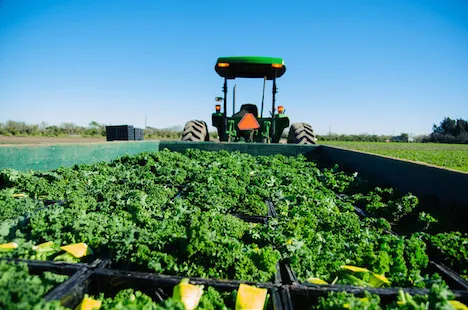
Loss of diverse distribution channels
Just like many other producers, the south Texas producers experienced the huge spike in demand at the end of March when consumers began panic buying. Unfortunately, after this spike dropped down, the resulting demand was lower than usual. In addition to this, the drop-off of foodservice made for difficult times for the producers.
The produce industry in Texas is usually pretty diversified, Galeazzi explains. “40% of the product is destined for grocery stores, another 40% for foodservice, and then the final 20% is destined for other markets, like wholesale for example. When the pandemic precautions set in, producers lost anywhere from 40-60% of their distribution channels which made for a difficult season.”
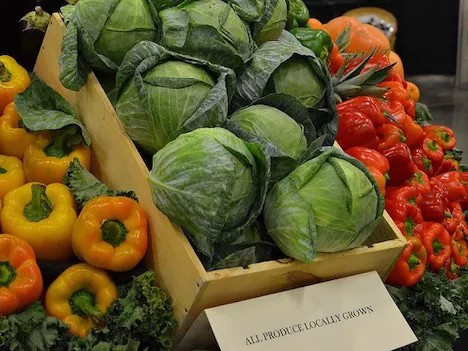
Galeazzi says: “Items like cabbage, onions, grapefruit and citrus saw a surge in demand in late March, but by the first week of April this dropped off dramatically and we saw a lot of items just never pick back up in demand again after this. Many items like cilantro, parsley, beets and turnip greens are items that are grown and produced for restaurants, schools, and foodservice. This is business that just didn’t return for these growers for the rest of the season and a lot of them had to donate their products or plow under their fields.”
Central and northern regions still see sluggish demand
The central and northern regions are now coming into production, and most producers are still seeing sluggish demand. “The commodities that are coming out of these regions are always in very competitive markets, but even more so now – onions, cabbage, and watermelon. And each growing region in the US had favorable growing conditions for these products so there are good volumes on the market. Product has been moving very slowly because of the pandemic, specifically for items that are more durable and shelf-stable in produce,” Galeazzi explains.
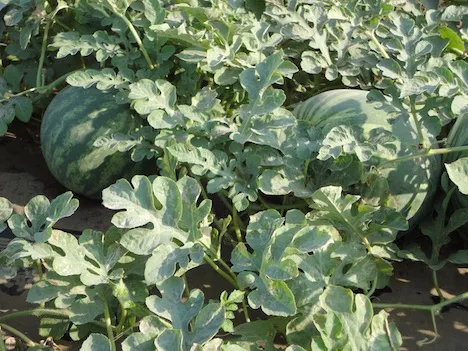
While the USDA has released programs to aid the produce industry during the pandemic, Texas unfortunately hasn’t been able to benefit much yet. “We hope that the USDA will see this, step in, and make sure that Texas – especially the food banks that are in need – have access to the Farmers to Families Food Box program and that our producers can participate,” Galeazzi shares.
The fall season starts up in October and November, and the planting for this season begins in August and September. “It is still too early to say what that season will look like, and how much we will plant. The country is still trying to figure out how to reopen and nobody knows what it will look like. How many small restaurants might go out of business? What will the new normal look like for businesses? The near future might give us some more solid answers, but for now we don’t yet know how the producers here in Texas will address their planting and growing practices for the coming fall season,” Galeazzi concludes.
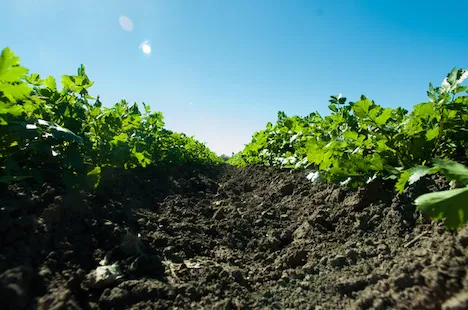
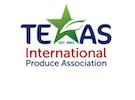 For more information:
For more information:
Dante Galeazzi
Texas International Produce Association
Tel: +1 (956) 581-8632
Email: dante.galeazzi@texipa.org
www.texipa.org
